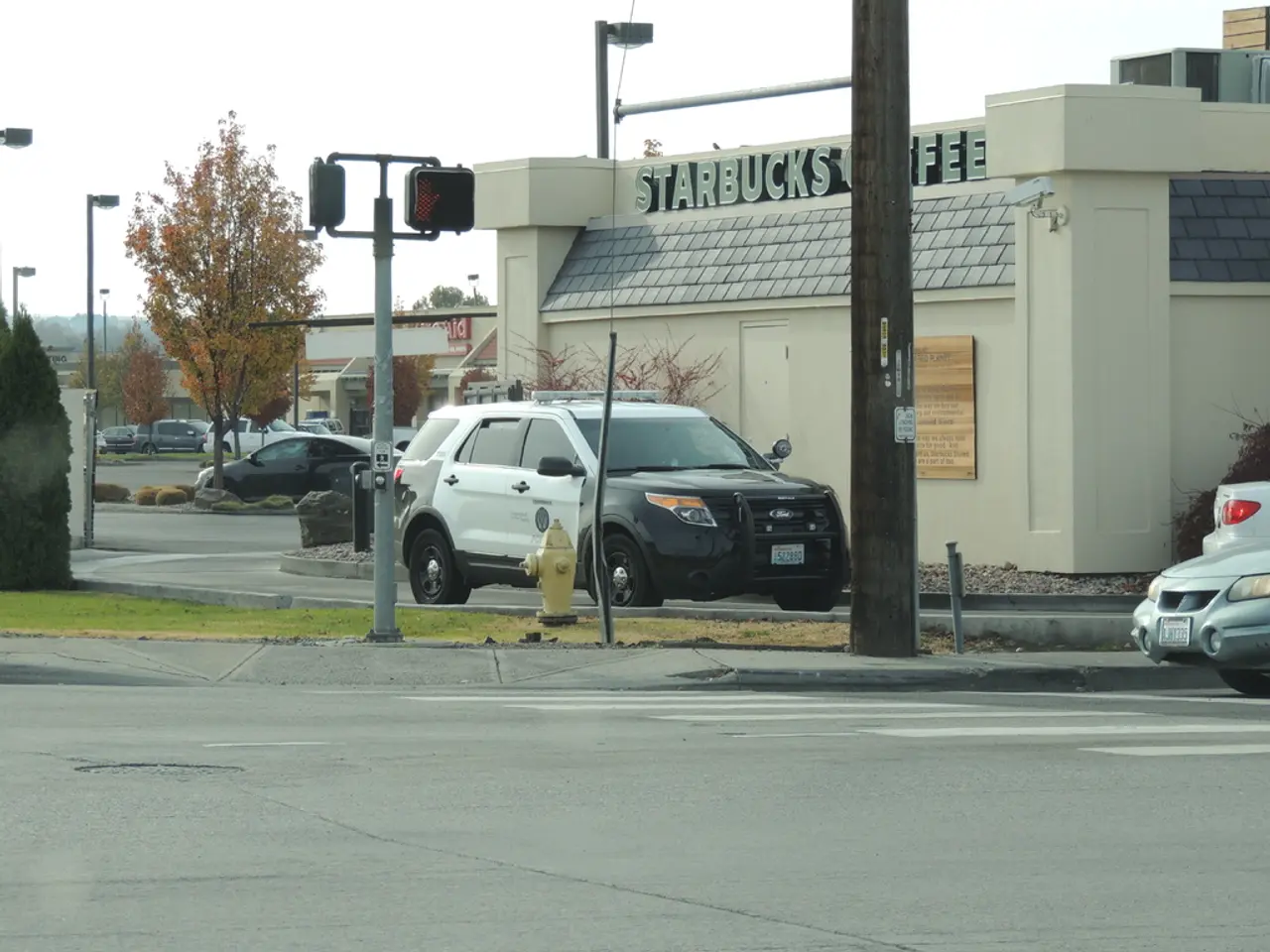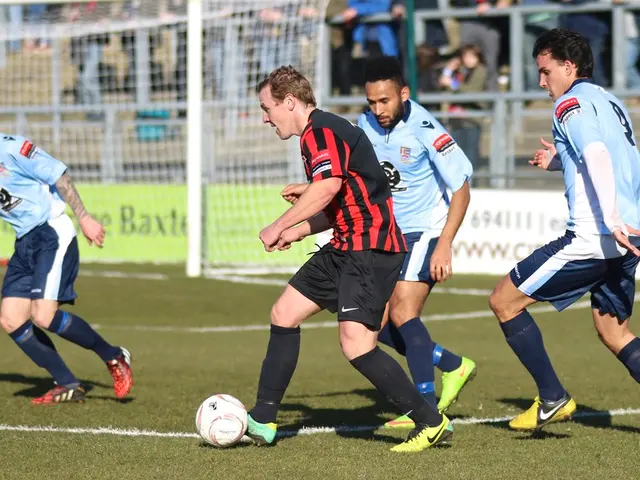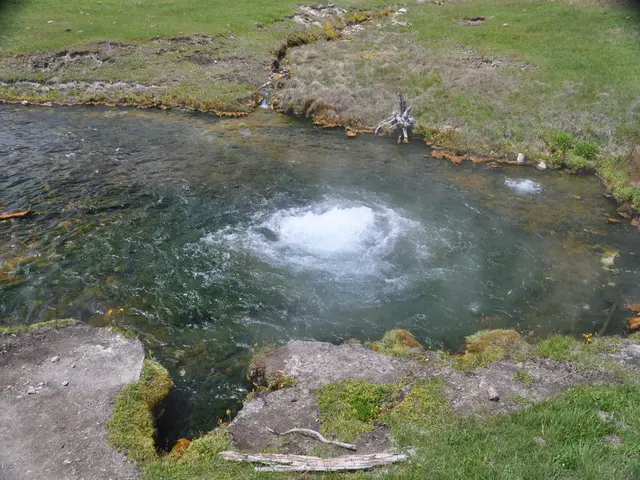"Toyota's 'Meister' Works on Enhancing Land Cruisers: Constructing Infrastructure to Bolster Vehicles (Initial Edition)"
In a recent interview at the F-Course, named after its creator Takanobu Fukuoka, and located at the Shibetsu Proving Ground, key figures in Land Cruiser development shared insights into the iconic SUV's evolution.
The F-Course, constructed around 2011, was built to test the Land Cruiser's drivability on rough terrain, with Fukuoka supervising the project. This test site, one of the biggest in Hokkaido, is used by automobile and tire manufacturers for numerous test courses.
The first-generation Celsior, launched in 1989, was praised for its higher level of performance in power and silence, attributed to the completion of the Shibetsu Proving Ground. The F-Course differs from the test course at Tahara Plant, as it can assess the Land Cruiser's interference and drivability on rough terrain.
Takanobu Fukuoka, often referred to as the "Land Cruiser Meister," has been involved in the development of the Land Cruiser for nearly 40 years during its 70-year history. Fukuoka joined Toyota in 1971 and became a test driver, responsible for testing and evaluating various vehicles, including the first-generation Century, Celica, and Carina.
Fukuoka's development work on the Land Cruiser required a different set of standards with a huge number of reliability and durability criteria that had to be cleared. This focus on robustness and drivability on rough terrain is evident in the Land Cruiser's evolution.
During the 80 Series, the Land Cruiser underwent significant changes, moving from rigid suspensions and leaf springs to deploying coil springs, typically used in passenger cars. This transformation aimed to provide a smoother ride and improved drivability.
Fukuoka and his colleague, Koyari, were involved in the development of the 80 Series and the first-generation Prado, focusing on making the vehicles more drivable by anyone while ensuring reliability. Koyari is currently in charge of the Land Cruiser 70 Series and the Land Cruiser Prado.
Fukuoka's inventiveness led to the development of numerous electronic control systems, such as KDSS, Multi-Terrain Monitor, Multi-Terrain Select, Crawl Control, Active Traction Control, Turn-Assist function, E-KDSS, and other functions that improved the Land Cruiser's drivability on rough terrain.
The goal of Land Cruiser development was to make sure anyone could drive the car in comfort, passing down to the latest 300 Series developed on the concept of easy off-road handling and drivability, based on Takami Yokoo's experience in taking part in the Five Continents Drive Project.
Fukuoka retired from Toyota in 2016 but joined Toyota Technocraft Co., Ltd. (currently Toyota Customizing & Development Co., Ltd.) and is currently involved in constructing a test course for the LUNAR CRUISER. Despite his retirement, Fukuoka's legacy continues to shape the development of Toyota's off-road vehicles.
The F-Course at Shibetsu Proving Ground offers terrain capable of testing the Land Cruiser's reliability and durability, including a particularly difficult forest course that no one can get through. The course was built manually by Fukuoka, Sawada, and Fujita, with sections classified according to the size of the rocks used to evaluate SUVs like the RAV4.
Despite extensive research, the test driver who contributed significantly to the development of the Land Cruiser series for over 40 years is not directly named in the provided search results, and the year he joined Toyota is also not mentioned. However, his impact on the Land Cruiser's evolution is undeniable.
Read also:
- Peptide YY (PYY): Exploring its Role in Appetite Suppression, Intestinal Health, and Cognitive Links
- Toddler Health: Rotavirus Signs, Origins, and Potential Complications
- Digestive issues and heart discomfort: Root causes and associated health conditions
- House Infernos: Deadly Hazards Surpassing the Flames








